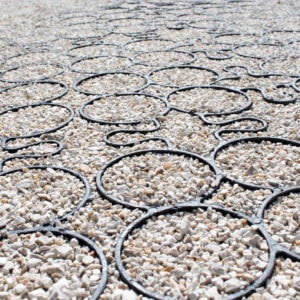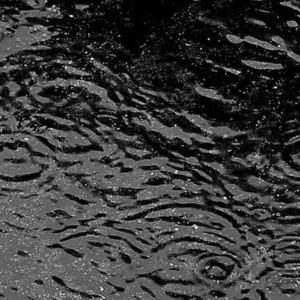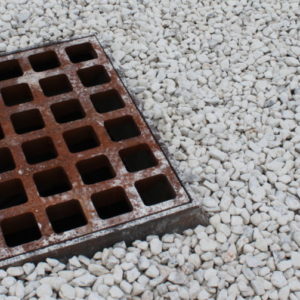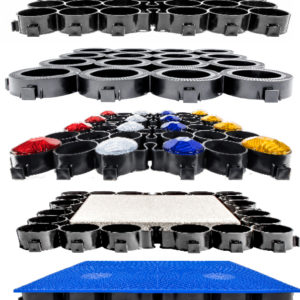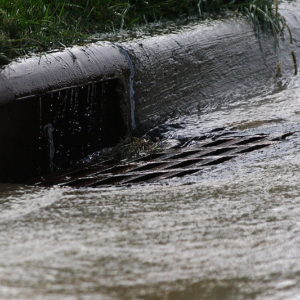permeable pavers Posts
Permeable pavers use a combination of interlocking grids that are laid over a prepared subsurface and one of several fill materials, such as gravel or crushed limestone. Once the fill material is compacted into the grids, it creates a 100% permeable, strong, durable parking surface that is virtually maintenance free.
A parking surface made from permeable pavers requires very little ongoing maintenance, which reduces long-term costs.
Permeable Paver systems have many residential, commercial and industrial applications such as:
- Stormwater management
- Dust control
- Flood mitigation
- Driveways
- Commercial parking lots
- Walkways
- Patios
- Stormwater detention
- and more.
Permeable Grid Pavers vs. Pervious Concrete
Which is the Best Choice for Your Paving Project Developers, architects and civil engineers face a critical task. They need to provide enough parking and surface storage for their projects, but in an environmentally conscious way. This requires… Using paving surfaces that rainwater can infiltrate instead of running off Using environmentally friendly materials Traditional paving […]
Pervious vs. Impervious Pavement: What’s the Difference and Which is Better?
There are two primary types of pavement: pervious and impervious. Pervious pavement is designed to let water naturally seep through it and go down into the soil beneath. Impervious pavement does not allow water to seep through it. Instead, with impervious pavement, water runs off into storm drains that are lined along the road or […]
Road Dust Control: 6 Ways to Control Dust on Roads
Did you know that a large percentage of roads in America are unpaved? These types of roads can be found almost anywhere, but they present a unique set of challenges when it comes to maintaining them over the long term. Unpaved roads produce a lot of dust, for instance. This dust is easily blown away […]
How to Update Your Stormwater Management Tactics
How to Update Your Stormwater Management Tactics The biggest problem posed by new construction is a little ironic. New developments and urban sprawl continue at a record pace, but the problem isn’t that cities are changing — it’s that they are changing in the same old ways. No matter how innovative our new buildings are, […]
A SMALL ACTION for BIG CHANGE Every little bit helps. And you are in control. When you put that plastic jug or shampoo bottle into your green recycling container, that’s the first step to reducing plastic waste in the oceans and landfills. But your impact doesn’t have to end there. The world needs products […]
The Guide to Permeable Pavers: Everything You Need to Know
Permeable pavers, a key element in sustainable construction, are having a significant impact on landscaping and urban planning. These eco-friendly alternatives to traditional pavement address challenges like stormwater runoff, soil erosion, and pollution. This guide explores the benefits, installation process, types, and applications of permeable pavers. Whether you’re a homeowner revamping your driveway or a […]
Solving Each of the Problems With Traditional Paving Methods
Solving Each of the Problems With Traditional Paving Methods Concrete, asphalt, and gravel are the most common paving materials today. However, their popularity doesn’t negate their shortcomings, and those shortcomings can have a much greater impact than many people might realize. In addition to the excessive costs of building concrete, maintaining asphalt, or dealing with […]
How to Rethink Our Outdated Stormwater Management Solutions
The flooding that hit Houston in August 2017 is a prime example of what used to be a once-in-a-lifetime weather event, causing catastrophic devastation to communities. Yet it had been only two years since Houston’s last major flood.
Harvey and a year of action.
A year ago, on August 25, 2017 Hurricane Harvey hit. Over a 50,000 square mile area, Harvey dropped upwards of 16.6 trillion gallons of water which could supply the entire US water needs for 280 days and fill Lake Conroe 116 times, according to HCFCD reports. One day rainfall amounts up to 25 inches and […]

